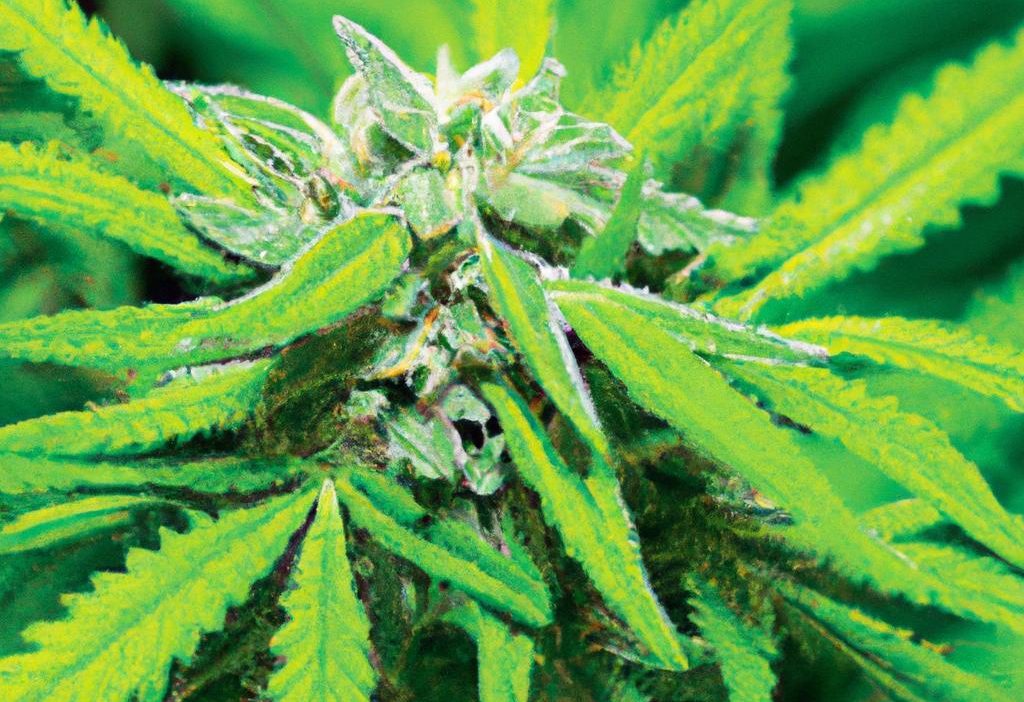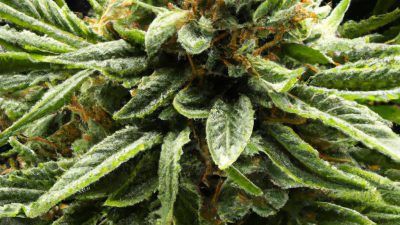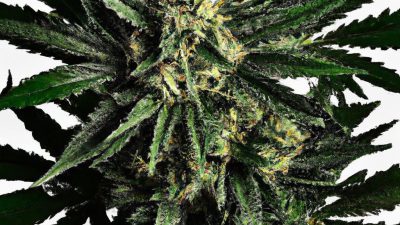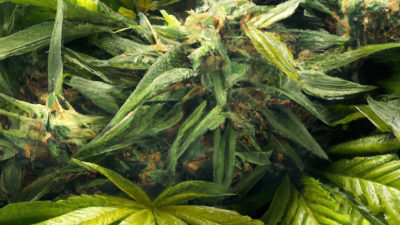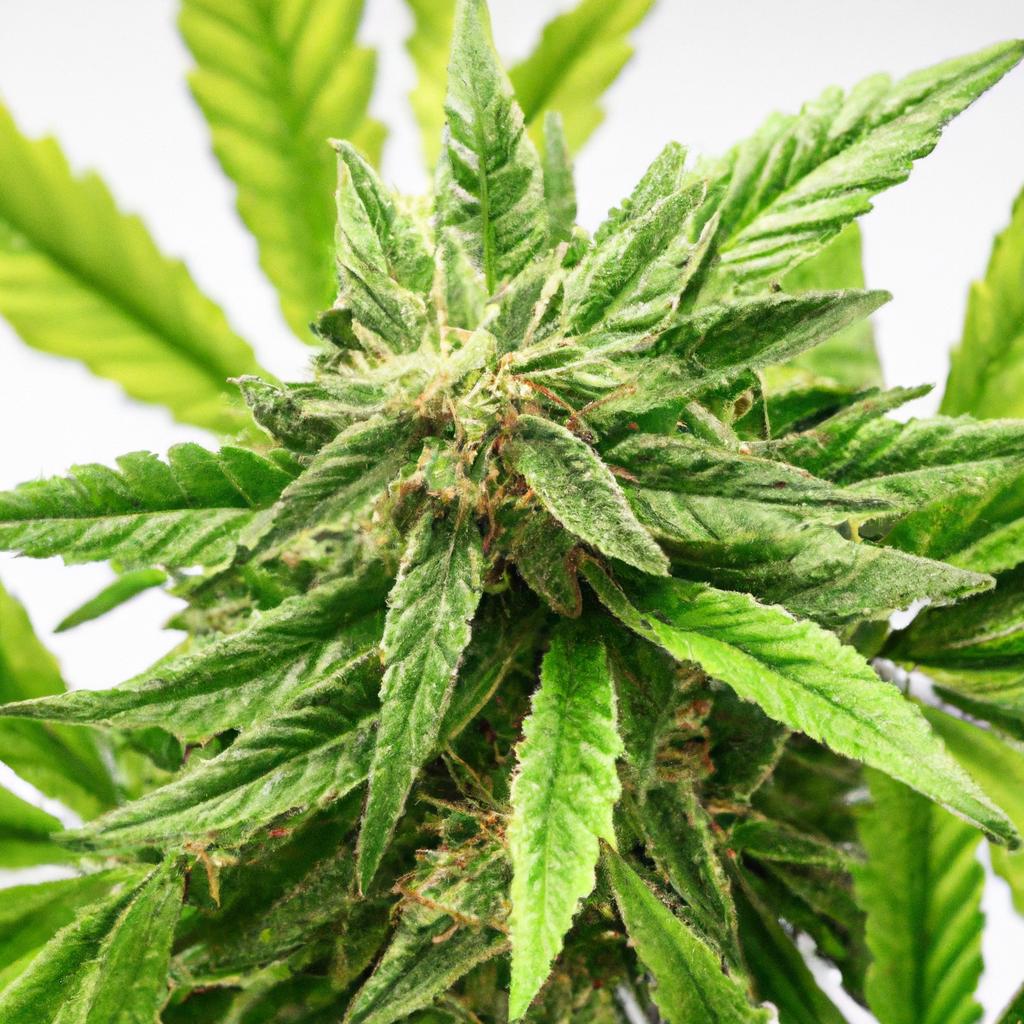
How to Preserve Terpenes in Solventless Extracts: A Guide for Cannabis Enthusiasts
Cannabis enthusiasts and extractors alike know that terpenes play a vital role in defining the distinctive flavors, aromas, and even the effects of cannabis. When you opt for solventless cannabis extracts-those made without chemicals like butane or alcohol-preserving these delicate and volatile compounds becomes both an art and a science.This article dives deep into how to preserve terpenes in solventless extracts, blending the latest cannabis processing technology, science, and practical tips to help you maintain peak terpene profiles for an enhanced sensory experience.
Understanding Terpenes and Their Importance in Cannabis
Terpenes are aromatic hydrocarbons found in cannabis and many other plants. These compounds contribute to the characteristic smells and flavors of different cannabis strains, from citrusy limonene to earthy myrcene.Beyond aroma, terpenes are studied for their potential therapeutic benefits, including anti-inflammatory, analgesic, and anxiolytic effects, making them a critical component of the complete cannabis profile.
In the context of cannabis extracts, especially solventless extracts, preserving terpenes ensures that the final product offers the full sensory and entourage effects that cannabis consumers crave.
What Are Solventless extracts?
Solventless cannabis extracts are concentrates made using physical methods that do not employ chemical solvents like butane, propane, or ethanol. Common solventless extraction techniques include:
- Rosin pressing
- Ice water hash (bubble hash)
- Dry sift
- Hashish hand-rubbed methods
These methods aim to extract cannabinoids and terpenes naturally while avoiding solvent residues, making the resultant products preferred by health-conscious consumers and connoisseurs focused on purity.
Challenges in Preserving Terpenes During Solventless Extraction
Terpenes are fragile and evaporate at relatively low temperatures.They are also sensitive to light, oxygen, and prolonged exposure to heat during processing or storage. Key challenges include:
- Heat Degradation: Excessive heat during rosin pressing or post-processing can vaporize or alter terpene molecules.
- oxidation: Exposure to air lowers terpene quality and quantity by triggering oxidative reactions.
- Light Exposure: UV light can break down terpenes and cannabinoids.
Practical Tips to Preserve Terpenes in Solventless Extracts
Maximizing terpene retention begins at harvest and continues through extraction,post-processing,and storage. Here are essential strategies:
1. Optimal Harvest Timing and Handling
- Harvest plants at peak terpene maturity-when aromatic profiles are richest, usually just before full ripeness.
- Handle plant material gently to avoid trichome damage, which houses cannabinoids and terpenes.
2. Control Temperature During Processing
- Keep rosin pressing temperatures low (around 160°F to 180°F) to avoid terpene evaporation.
- Use quick press cycles to minimize heat exposure time.
- For bubble hash, use ice-cold water to maintain terpene integrity.
3. Minimize Oxidation and Light Exposure
- Extract and store under inert atmospheres like nitrogen when possible.
- use airtight, UV-protective containers to reduce terpene degradation caused by oxygen and light.
- Limit the product’s exposure to air during handling and packaging.
4. Immediate Curing and Storage Techniques
- Cure extracts at low humidity and temperatures to stabilize terpenes over time.
- Store solventless extracts in cool, dark places to slow terpene volatilization.
Table: Key Factors Affecting Terpene Preservation in Solventless Cannabis Extracts
| Factor | Impact on Terpenes | Recommended Practice |
|---|---|---|
| Temperature | High heat degrades volatile terpenes | Low-temp pressing (160ºF-180ºF) |
| Oxidation | air exposure oxidizes and reduces terpenes | Airtight, inert gas packaging |
| Light Exposure | UV rays break down terpene molecules | Store in UV-proof containers |
| Harvest Timing | Mature plants have peak terpene profiles | Harvest at flowering peak |
| Extraction Method | Overprocessing lowers terpene retention | Use gentle, solventless techniques |
Case Study: The Impact of Rosin Temperature on terpene Retention
In a recent test comparing rosin pressed at 180°F versus 220°F, the 180°F sample retained approximately 30% more aromatic terpenes like pinene and caryophyllene, as analyzed by Gas Chromatography-Mass Spectrometry (GC-MS). The higher temperature pressed rosins,while yielding more oil,suffered from diminished aroma and complexity. This case highlights how precise temperature control is critical for solventless extraction success.
Future Trends in Cannabis Technology for Terpene Preservation
Innovations continue to emerge in cannabis post-processing, including:
- Closed-loop inert atmosphere pressing systems
- Rapid low-temp freezing and flash-freezing post-extraction
- Advanced vacuum purging to remove moisture without terpene loss
- Terpene reintroduction technologies to restore profiles in extracts
As cannabis science evolves, these technologies will further enable producers to deliver terpene-rich, pure, and potent solventless extracts to consumers.
Conclusion: Elevate Your cannabis Experience by Preserving Terpenes
Preserving terpenes in solventless cannabis extracts is critical for maintaining the rich flavors, aromas, and therapeutic potential that make cannabis truly exceptional. From careful harvest timing to gentle extraction methods and optimized post-processing, every step counts. By mastering these techniques, cannabis cultivators and consumers alike can enjoy cleaner, fuller-spectrum extracts that honor the plant’s natural chemistry. Embracing the latest cannabis technology and best practices around terpene preservation will continue to enhance the cannabis industry’s quality and sustainability for years to come.
Weather you are a grower, extractor, or connoisseur, focusing on terpene preservation is your key to unlocking the true potential of solventless cannabis extracts.


